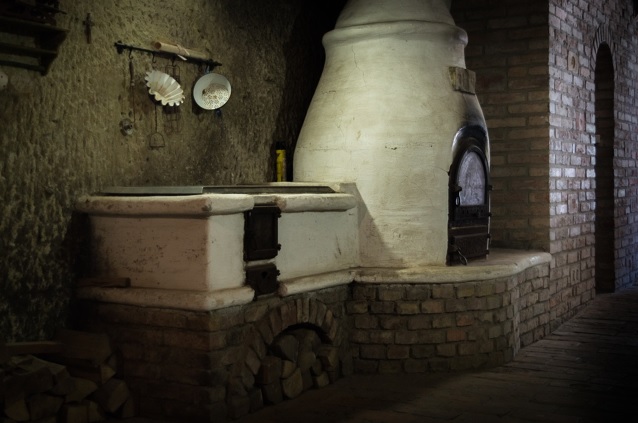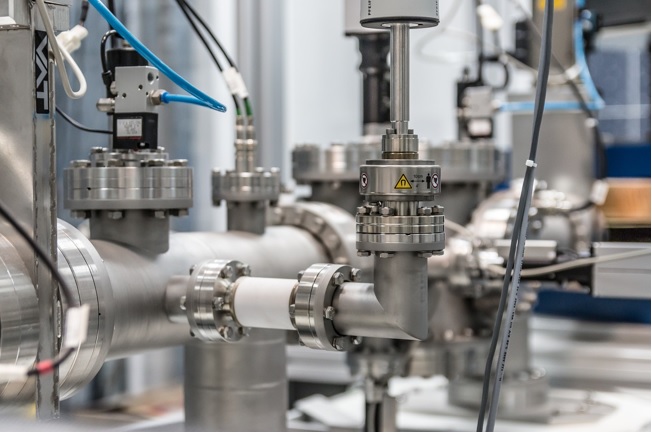When somebody says “furnace”, what would be your first thought? A lovely archaic pizza oven? Or an enormous construction with insane flames meant to melt various metals, or for the refinement of raw ore? Or maybe just a plain old residential heating system? Well, it can mean all three, and they are actually related, which you can learn more about at this web page.
For the purpose of this guide, though, we will be looking only at residential heating equipment, and the most common types of it as specified by the United States Department of Energy. There are nine of them, and these are: built-in electric heating units; room heaters that run on gas, kerosene, or oil; portable heaters; fireplaces; heating stoves that run on coal, wood, or pellets; central warm air furnaces, pipeless furnaces; hot water systems and steam systems (which are more commonly called “boilers”); and heat pumps, which can be either geothermal or air-source.
Out of these nine, there are four furnace types which can most commonly be found in residences of different kinds. Below you will find a brief overview of each of them.
Heating stoves
Stoves can run on a variety of fuels, the most common ones being wood pellets, logs, and coal, although there are those that rely on other types of biofuel as well, such as stoves that burn corn. Corn stoves a very green idea but have fallen out of fashion due to cost and required labor. You can read more about that in this feature by National Geographic: https://news.nationalgeographic.com/news/energy/2015/03/150301-corn-stoves/
Most stoves fit into one of two basic configuration types. A stand-alone heating stove unit has a specially installed flue made of stainless steel to vent out of. A stove insert is fitted into an existing fireplace and vents out up the built-in chimney. They often feature a retrofitted liner as well.
Reverse-cycle heat pumps
This system is intended to fulfill a household’s need for both heating and air conditioning al throughout the year. It essentially functions as one large refrigeration system. The central equipment is connected to several ducts for heating and cooling, which further lead into individual rooms in the home.
Their main universal components are a thermostat, a compressor, and coils, which are of both the indoors and outdoors variety.
Steam systems and hot water systems
These two systems, colloquially known as “boilers”, are by and large the most widespread household heating system in urban areas. In fact, they are so popular and practical, that there are enormous nation-wide services, like FurnaceUSA, dealing with their installation and maintenance.
Both of them are a type of central space heating, and the basic principle is that there is one common furnace for all related residences (for example, apartments in a building) which provides either boiling hot water or steam to various heat transportation unites.
These include heating pipes in the walls and ceilings, as well as heating coils, regular radiators, baseboard radiators, and convectors. Combination-type systems, that unite the functions of heating and air conditioning, or heating and ventilation, may also be integrated with this type of furnace setup.
Another type of setup employs the principle of radiant heat. In this case, hot water is supplied from the furnace to heating pipes which are inlaid in concrete slabs that make up the floor of an apartment or other residence.
Central warm air furnaces
These furnaces rely on a single central unit, like the hot water or steam systems. They feature an enclosed combustion chamber (or a resistance unit, if the heat is generated from electric power). The most commonly used types of non-electric fuel are either gas or fuel oil. The central unit has several ducts, through which the warm air that it produces is circulated to various rooms.
There are two types: a gravity furnace and a forced air one. In a gravity furnace, warm air goes into the ducts and is circulated for heating rooms, whereas the cold air falls through the ducts back into the furnace center to be reheated. In a forced air furnace, the air flow is controlled mechanically, where a fan makes it go through the ducts.


Wow healpful guide .. Sarap na manood ng netflix movies ^_^ hehe
Very helpful guide momsh. Thanks 🙂